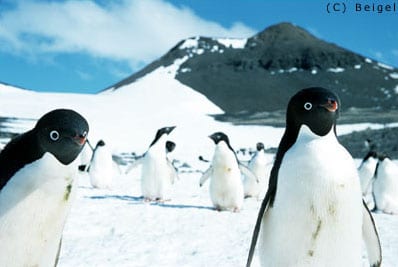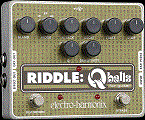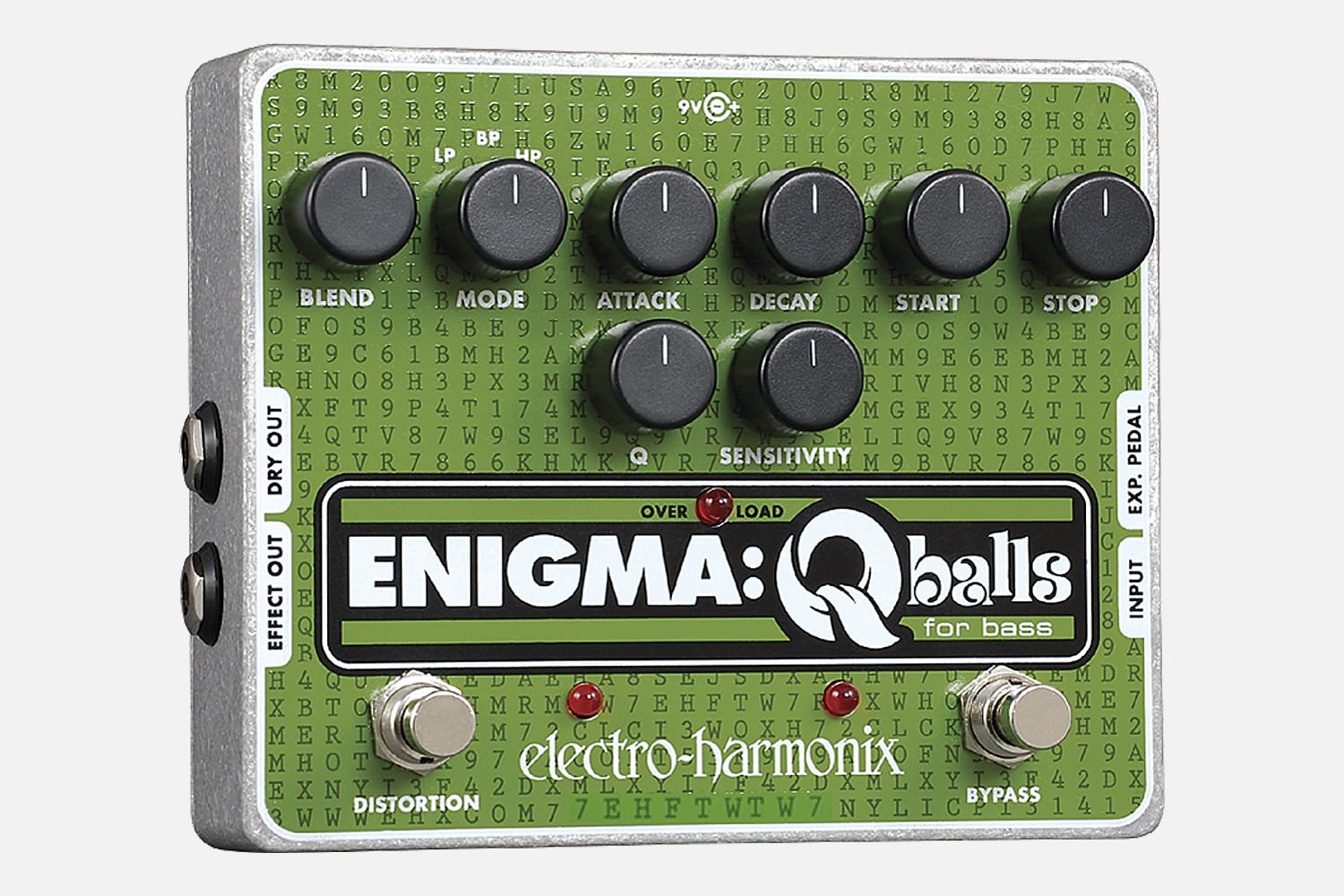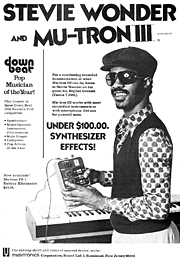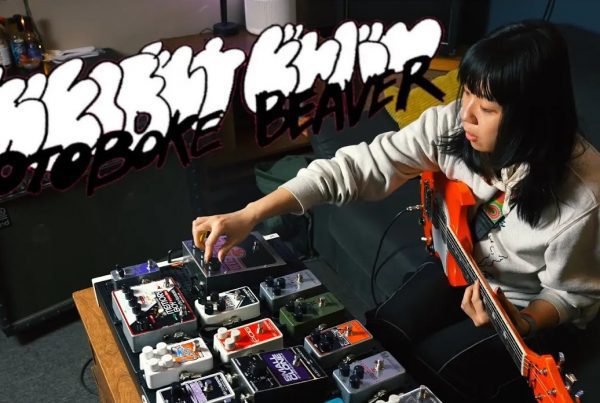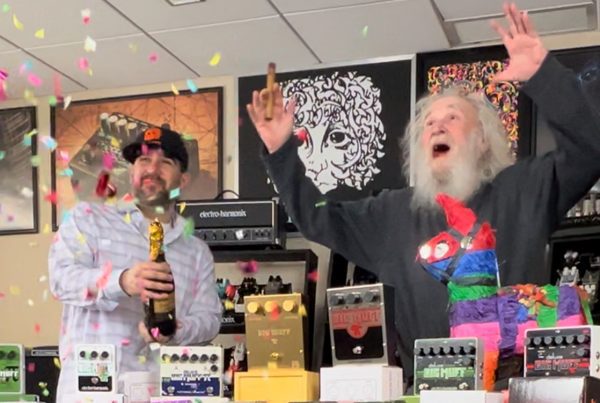Can you crack the code of Riddle & Enigma?
First clue: Mike Beigel landing EHX color in the remote ice fields of Cape Crozier, Antarctica.
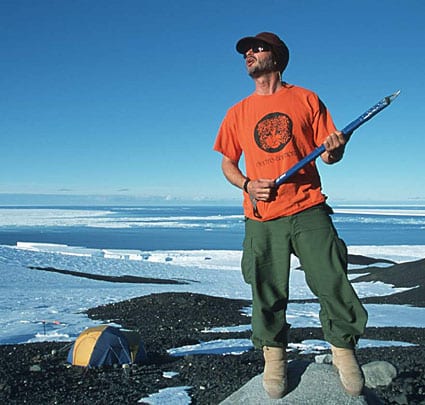
Years earlier, back in 1972, Mike also explored new sonic landscapes as inventor/engineer of the world’s first stand-alone envelope filter, the Mu-Tron III. The sound was quickly captured by Stevie Wonder, and made famous by his 1973 funk classic, “Higher Ground.”
Despite Stevie’s personal endorsement (see right) and other noteworthy users like Bootsy Collins and Jerry Garcia, the maker of the Mu-Tron III (Musitronics) closed shop in 1978. Years later, Mike Beigel decided to bring the original Mu-Tron III mojo over to EHX. Mike picks up the story:
“In ’94 I met [EHX founder] Mike Matthews at a NAMM show. We talked about effects pedals, and later he asked me if I’d be interested in re-creating the Mu-Tron III for Electro-Harmonix. The new box which is called the Q-Tron, uses the same opto-electronic design of the Mu-Tron III, with new features and improved specs.”
Mike and Mike went on to design the EHX Q-Tron, Q-Tron Plus, Micro Q-Tron, Stereo Polyphase, Bi-Filter — and now, Riddle & Enigma: mysteriously musical envelope filters for guitar and bass.
What about Antarctica? In that same year (1994) Mike Beigel was also hired to design and build a system to track penguins between their nests on the beaches of Antarctica and their aquatic feeding territories. Mike later traveled to Antarctica to install and troubleshoot his system, and remembered to pack his EHX t-shirt. Mike adds: “And yes, I did work on some EHX designs during my spare time in Antarctica!”
While there, Mike also managed to capture amazing photos of the locals:
